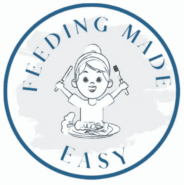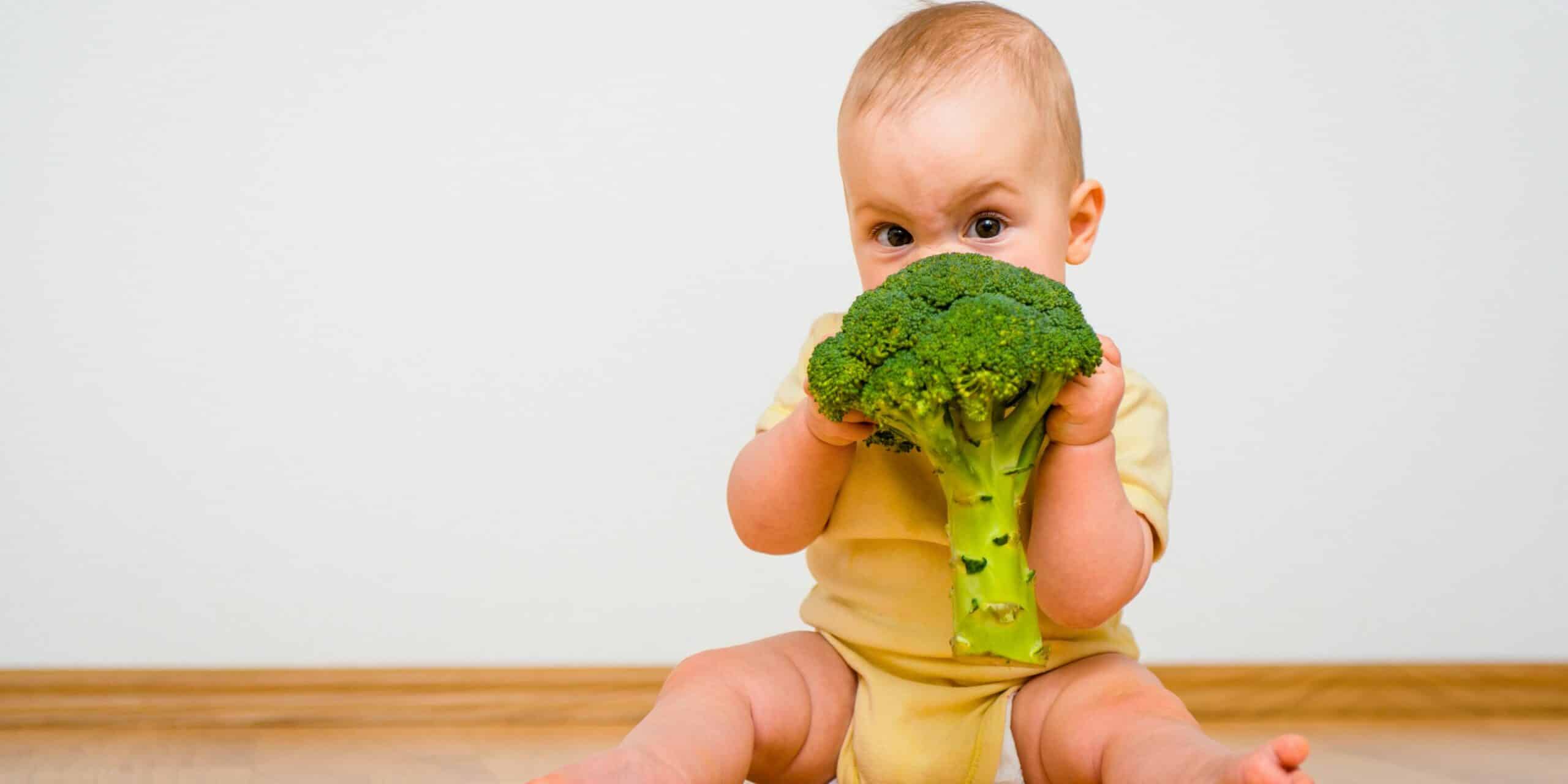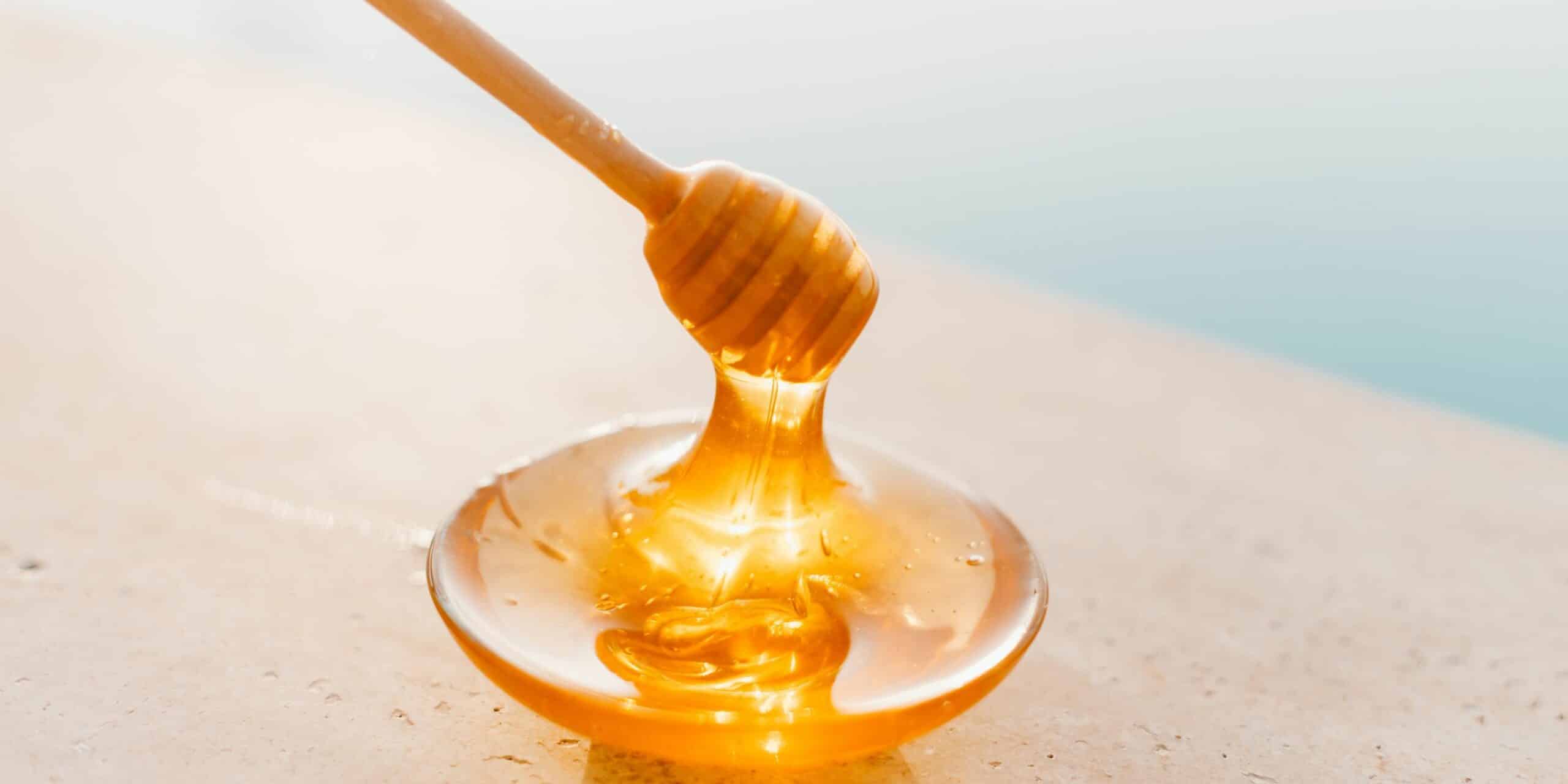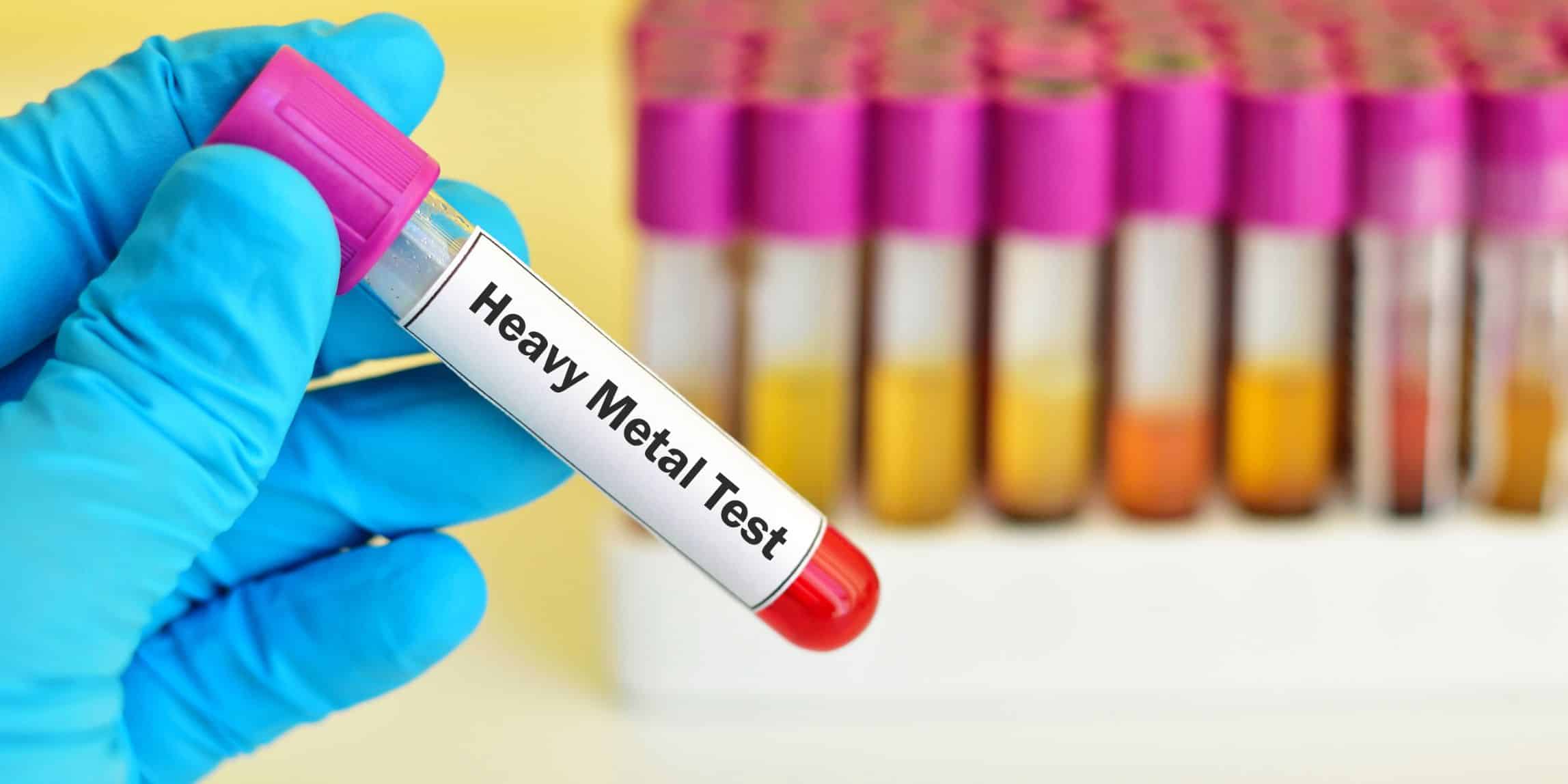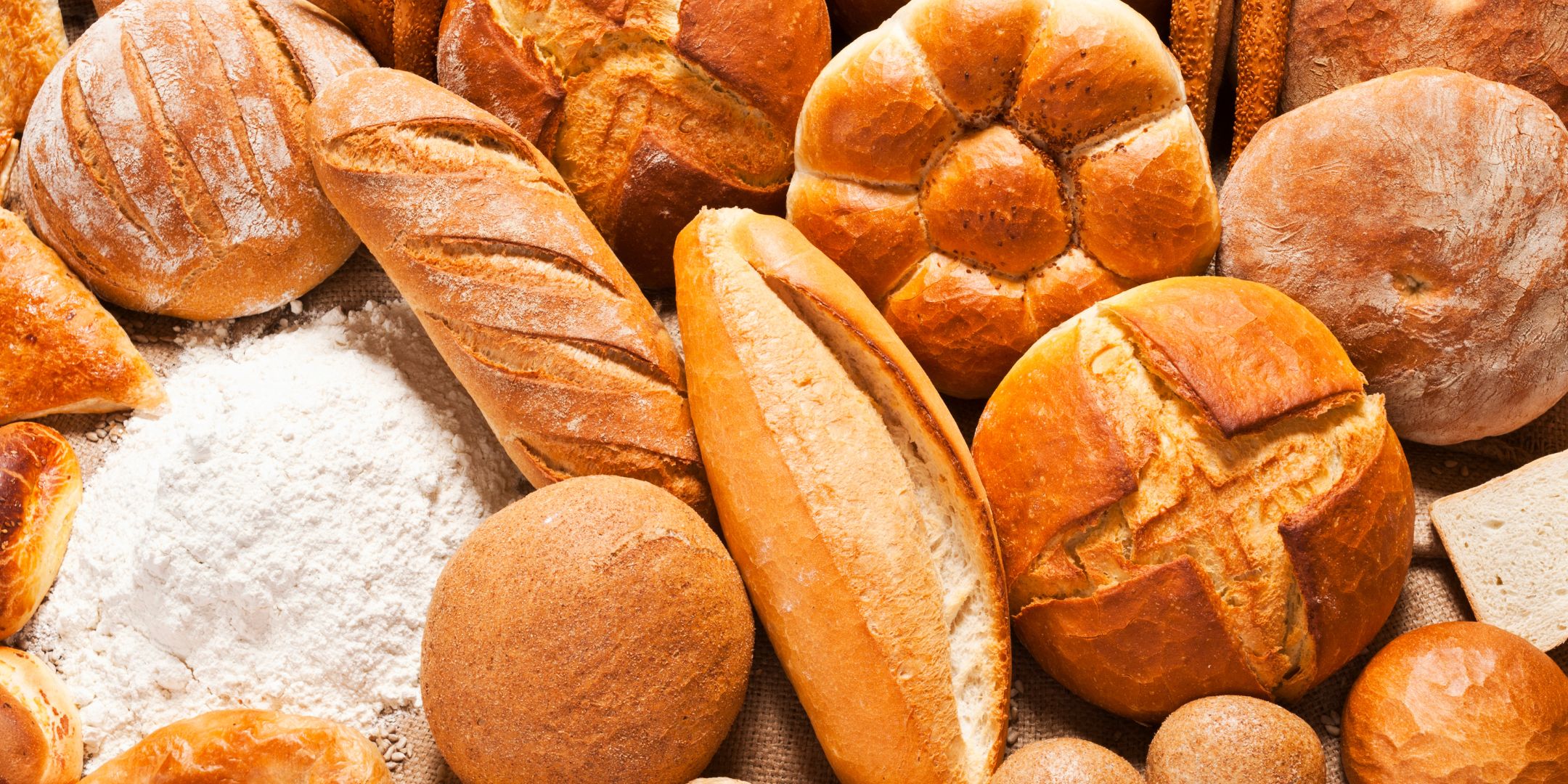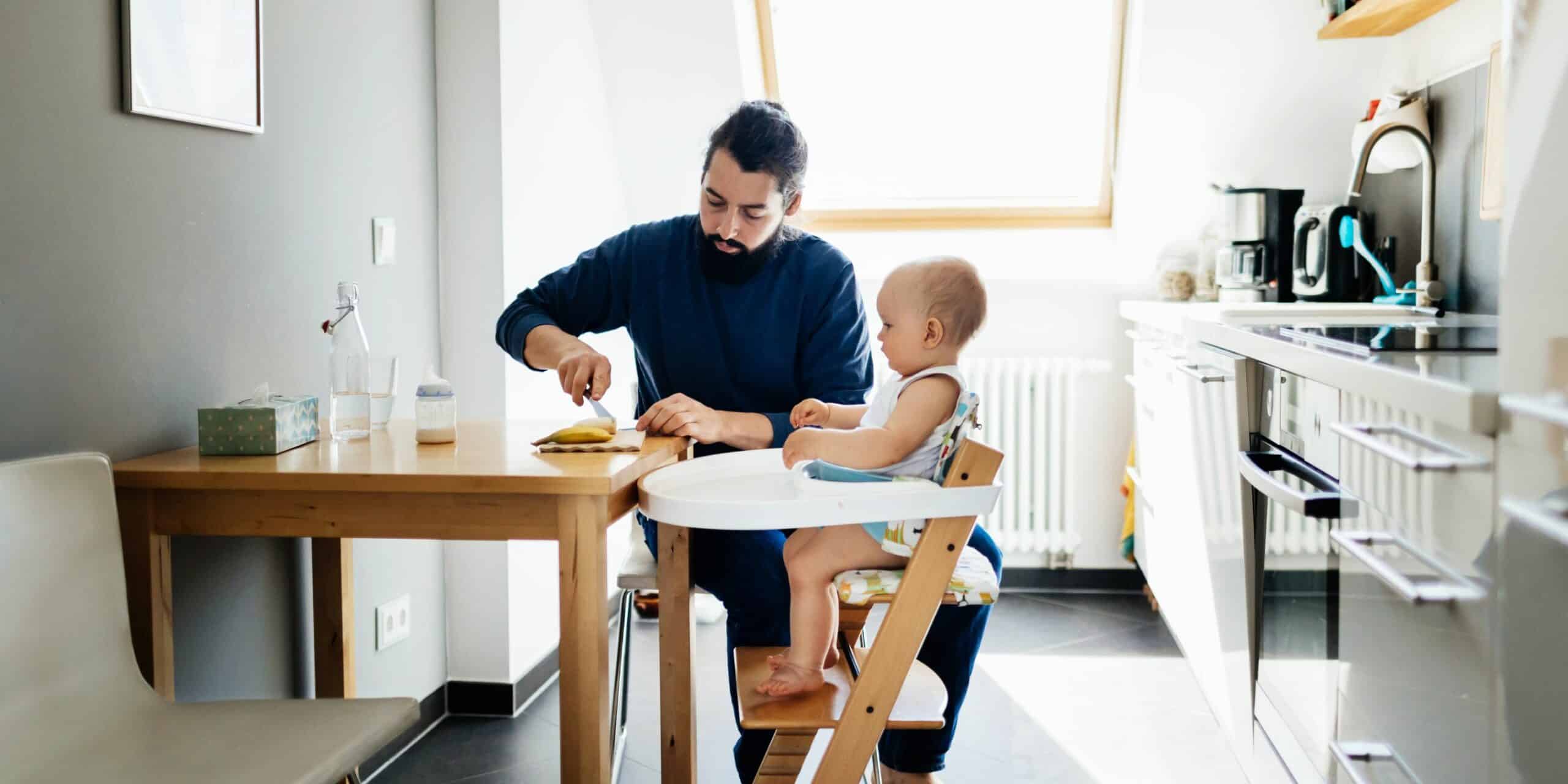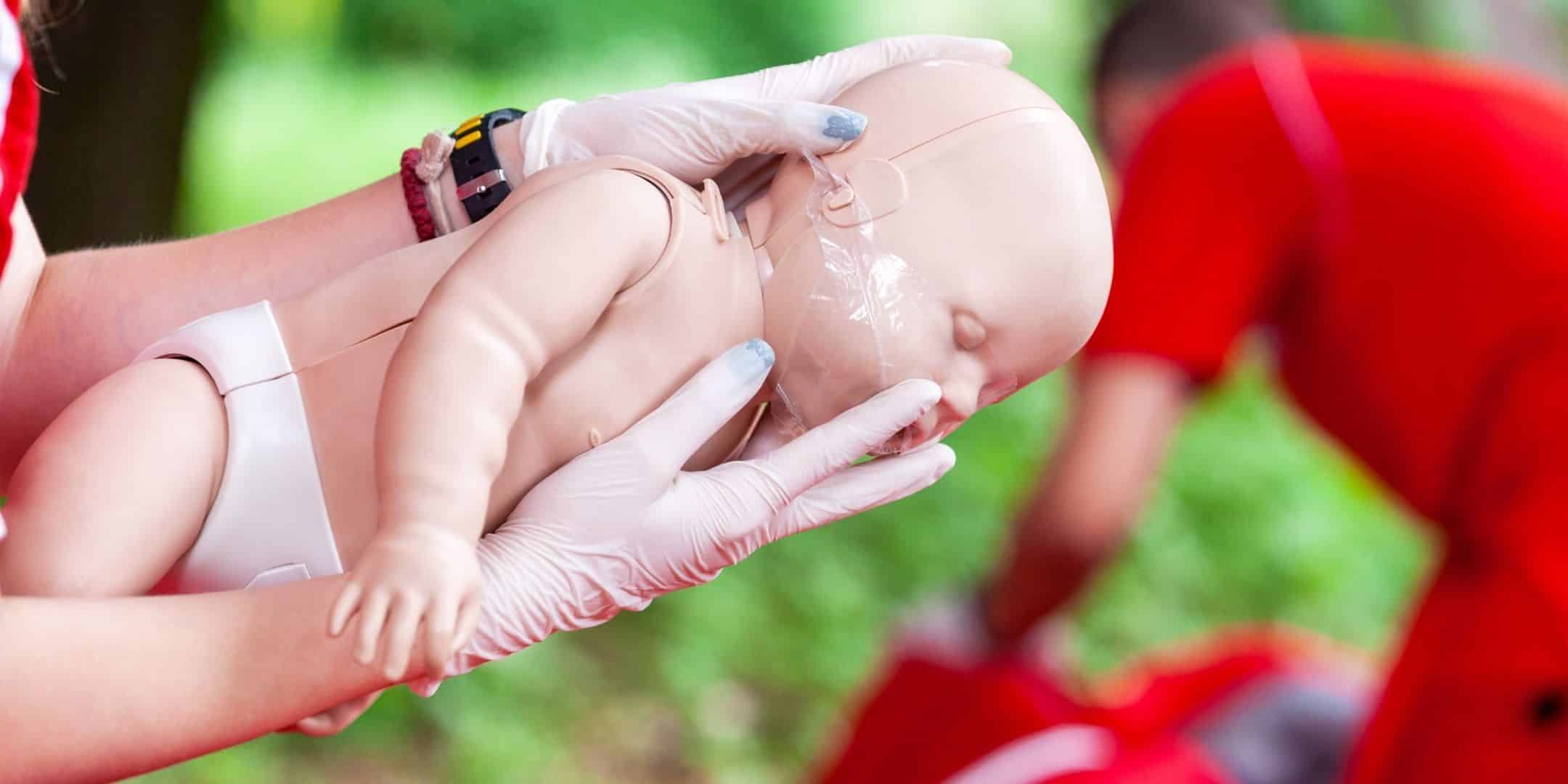Why Food Before One Isn’t Just For Fun
You may have heard the phrase “food before one is just for fun.” It’s a really cute rhyme and has good intentions, but is a bit misleading. While it is true that most of your baby’s nutrition should still be coming from breastmilk or formula until around age 1, there is still a reason we focus a lot on the first foods we introduce to our kids.
Why Food Before One Isn’t Just For Fun Read More »
